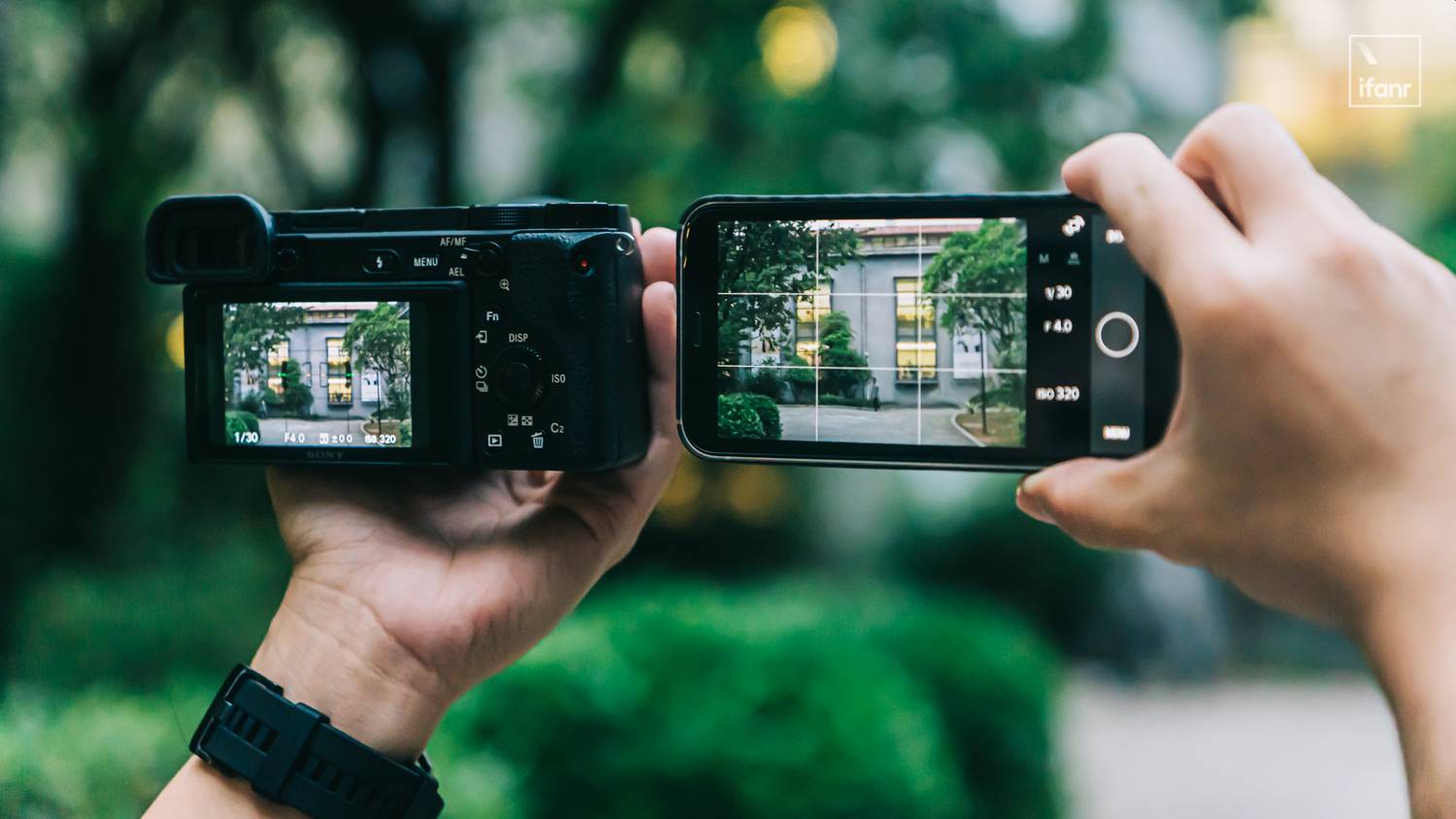The iPhone camera is a powerful tool for capturing high-quality photos, and its built-in features can help even amateur photographers take stunning shots. One such feature is the camera grid, which overlays a series of lines onto the camera viewfinder based on the rule of thirds — a well-known principle in photography that aids in creating balanced and interesting images. This guide will delve into the importance of composition in photography, how to enable the grid feature on your iPhone, tips for composing shots using the grid, and additional iPhone camera features that can enhance your photography skills.
Understanding Composition in Photography
The Rule of Thirds
Composition is the arrangement of visual elements within a photograph, and it plays a vital role in how the image is perceived. The rule of thirds is a composition guideline that suggests dividing the image into nine equal parts with two equally spaced horizontal lines and two equally spaced vertical lines. The points where these lines intersect are where the eye is naturally drawn. Placing subjects or important compositional elements at these intersections or along the lines can create more tension, energy, and interest in the composition compared to centering the subject.
Balancing Elements in Your Frame
Another critical aspect of composition is the balance of elements. While the rule of thirds can guide where to place your main subject, it’s also essential to consider the other elements in the frame. They should complement the subject and create an image that feels balanced and complete. This might involve including secondary subjects, using negative space effectively, or adjusting the position of your iPhone to capture different angles and perspectives.

Activating the Grid Feature on iPhone
Enabling the Grid through Settings
To turn on the grid feature on your iPhone, go to the Settings app, scroll down to ‘Camera’, and then toggle on the ‘Grid’ option. This simple action will activate the grid overlay on your camera viewfinder. With the grid lines now visible, you can use them as a guide to align and compose your shots according to the rule of thirds and other compositional techniques.
Understanding the Visual Queue
With the grid enabled, you will now see two horizontal and two vertical lines when you open the camera app. These lines divide the screen into thirds both horizontally and vertically. These visual queues should not be viewed as constraints but as guides to help improve the overall composition of your photos. Pay attention to the way these lines can frame your subject or how the intersections can serve as anchor points for important elements in your scenes.
Composing Shots Using the Grid
Aligning Elements with Grid Lines
When composing a shot with the grid feature, aim to align the subject of your photo with one of the grid lines or intersections. For example, when taking a landscape photo, you can line up the horizon with one of the horizontal lines, ideally the bottom one if you want to emphasize the sky, or the top one for more foreground interest. For portraits or subjects in motion, positioning them at one of the intersections can create a more dynamic image.
Creating Depth and Interest
The grid can also help you create depth and visual interest by allowing you to place elements within the foreground, middle ground, and background of your frame intentionally. Use the grid lines to separate these layers of your scene and to guide the viewer’s eye through the image. Including elements that lead the eye from one section of the grid to another, such as a path, river, or series of objects, can add depth and a storytelling element to your photographs.
In conclusion, the grid feature on the iPhone camera is a simple yet powerful tool that can significantly improve your photographic compositions. By understanding the principles behind the rule of thirds, enabling the grid, and using it to align and balance the elements within your frame, you can create photos that are visually appealing and impactful. Don’t hesitate to explore additional camera features and practice regularly, as mastering composition is an ongoing journey that will enhance your overall photography skills.